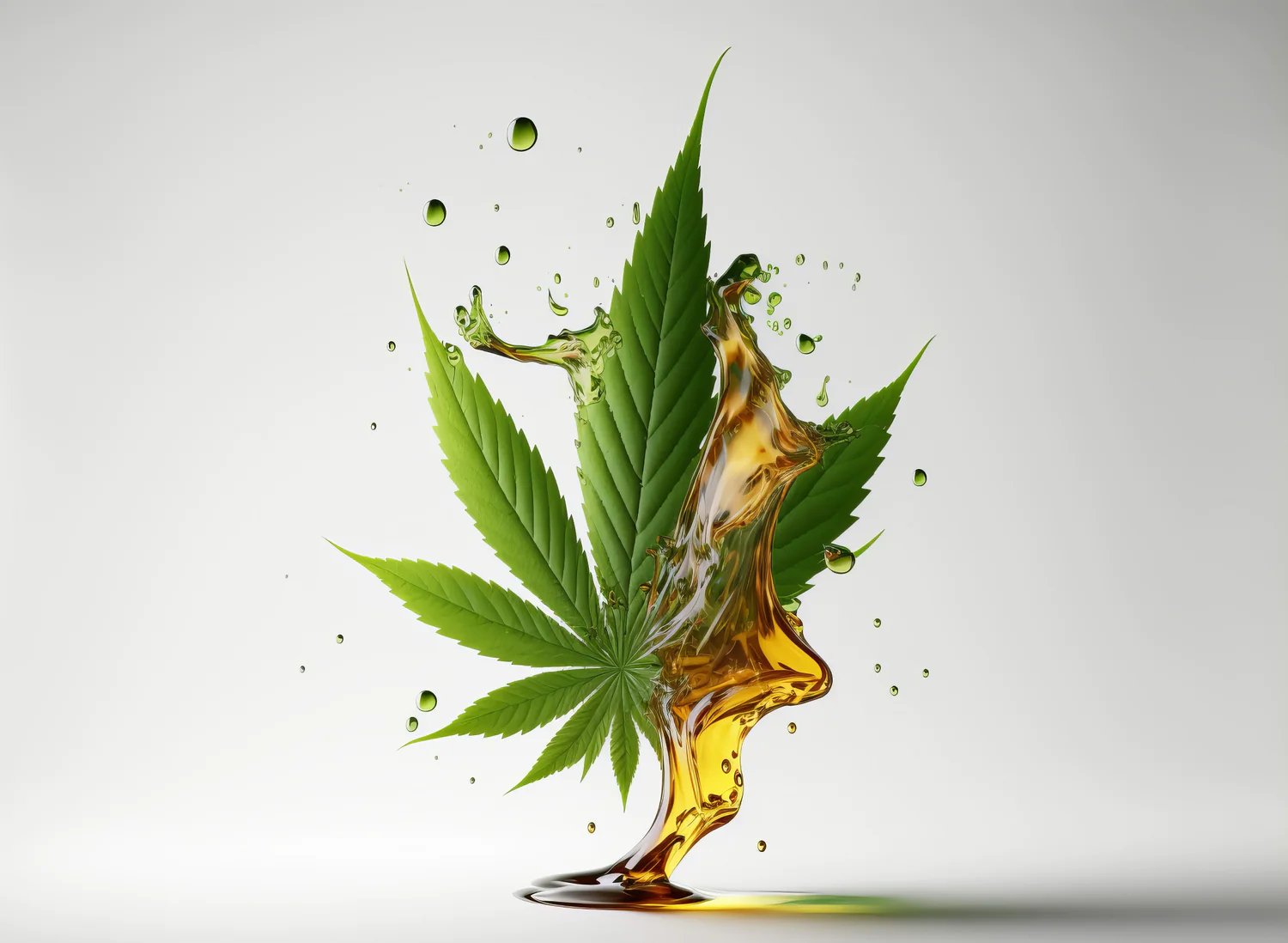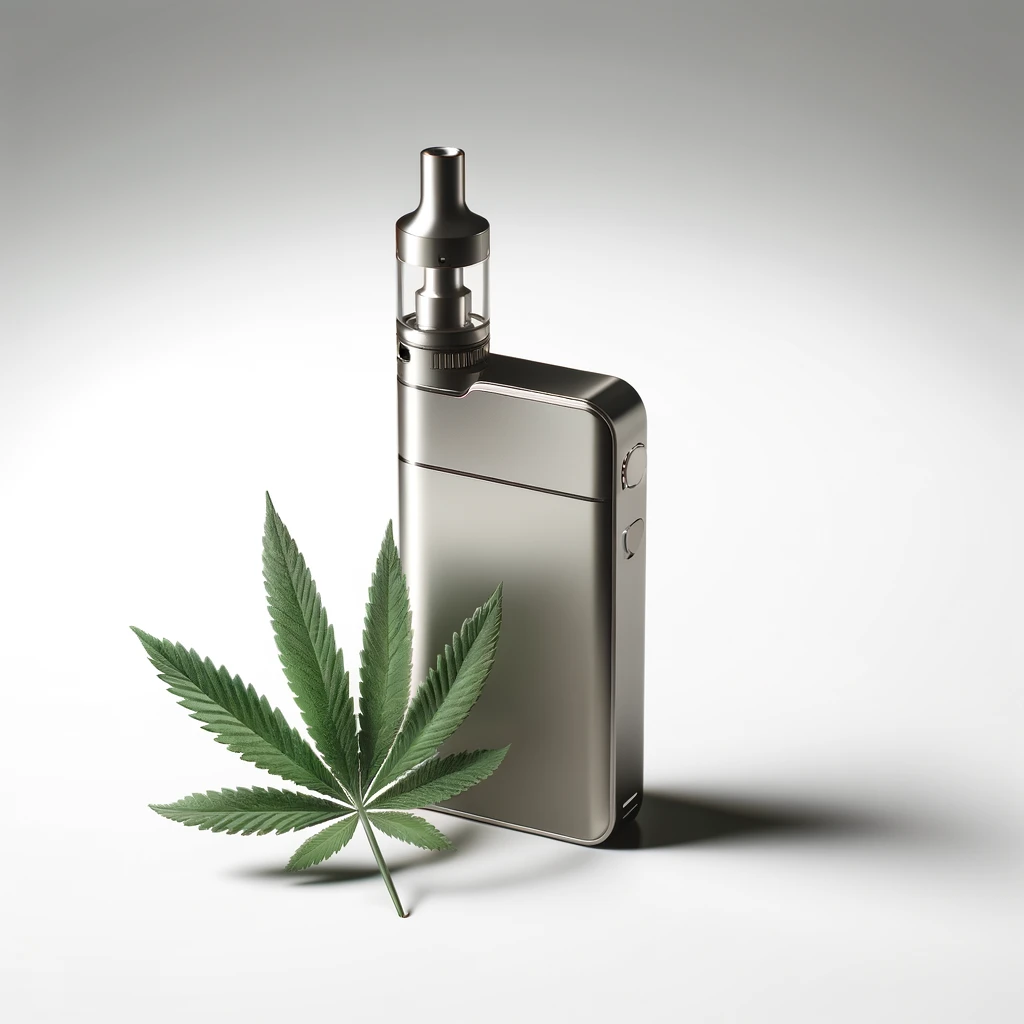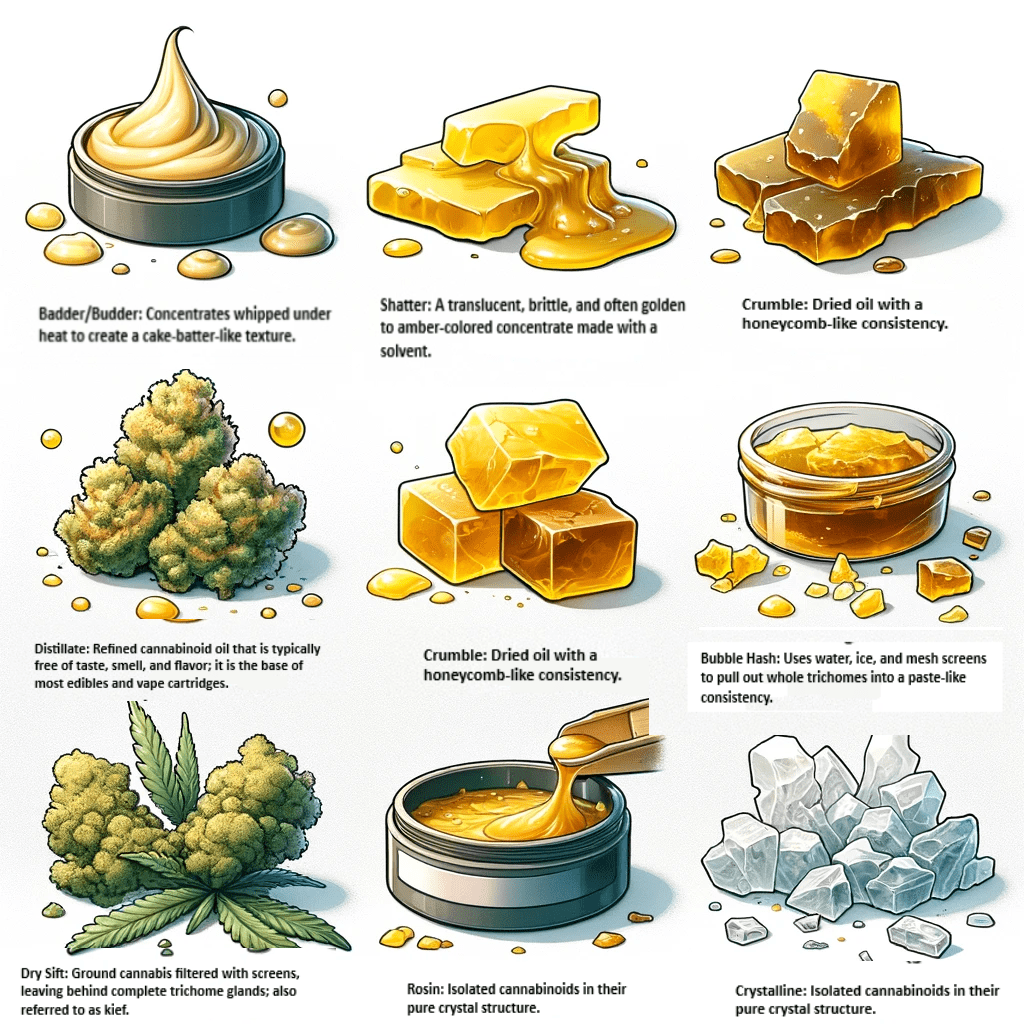- You have no items in your shopping cart
- Continue Shopping

Welcome to the captivating world of cannabis consumption, where every inhale holds the promise of relaxation, creativity, and sensory exploration. In this comprehensive guide, we embark on a journey of discovery, unraveling the mysteries of vaping, dabbing, and the pivotal role that temperature control plays in shaping the cannabis experience. Join us as we delve into Celsius, precautionary measures, and the intricate dance between conduction and convection heating, all while empowering consumers with knowledge and understanding.
Understanding the Basics: Vaping vs. Dabbing
Let’s commence our exploration by demystifying the fundamentals of vaping and dabbing, two distinct paths in the cannabis journey.
Vaping: Envision sleek devices in hand, modern vaporizers poised to transform cannabis flower or concentrates into flavorful clouds of vapor. Vaping offers a smoke-free alternative, delivering cannabinoids and terpenes without the combustion byproducts associated with traditional smoking methods.

Dabbing: Step into the world of dabbing, where potency reigns supreme. This method involves vaporizing cannabis concentrates on a heated surface or nail, resulting in a robust and intense experience favored by seasoned enthusiasts.
Chemical Risks and Proportions
Navigating Potential Hazards Before delving deeper, let’s acknowledge the potential risks associated with vaping and dabbing, as well as the chemical proportions that warrant attention.
Vaping Risks:
- Chemical Composition: Vaping devices may contain heavy metals and volatile organic compounds, posing risks to respiratory health.
- Propylene Glycol and Vegetable Glycerin: Many vape juices contain these substances, which can produce carcinogenic compounds when heated at high temperatures.
Dabbing Risks:
- High Temperatures: Dabbing at excessively high temperatures can lead to the production of harmful byproducts, such as benzene and formaldehyde, which pose risks to respiratory health.
- Contaminants in Concentrates: Poorly processed or contaminated concentrates may contain residual solvents, pesticides, or impurities, exacerbating potential health concerns.
Navigating Temperature Control: Maximizing Safety and Enjoyment
Temperature control serves as the cornerstone of a satisfying cannabis experience. Let’s explore optimal temperature ranges for vaping and dabbing, along with the advantages and disadvantages of different heating methods.
Temperature Guidelines:
- Vaping:
- Low-Temperature Vaping (80-90°C): Preserves terpenes and delicate flavours.
- Medium-Temperature Vaping (90-105°C): Strikes a balance between flavour and potency.
- High-Temperature Vaping (105-110°C): Yields potent vapor but may sacrifice flavour.
- Dabbing:
- Low-Temperature Dabbing (200-230°C): Emphasizes flavor preservation and gentle effects.
- Medium-Temperature Dabbing (260-290°C): Offers a well-rounded experience of flavour and potency.
- High-Temperature Dabbing (315°C+): Provides intense effects but may compromise flavour quality.
Conduction vs. Convection Heating: Unraveling the Science
Let’s unravel the science behind conduction and convection heating methods in the contexts of vaping and dabbing.
Vaping:
- Conduction Heating: In vaping, conduction heating involves direct contact between the heating element (usually a coil) and the cannabis material or vape juice. This method is common in vape pens, offering simplicity but with the risk of uneven heat distribution and potential for combustion.
- Convection Heating: Convection heating in vaping relies on heated air to indirectly heat the cannabis material, resulting in even heat distribution and vaporization. This method is prevalent in high-end vaporizers, providing precise temperature control and flavor preservation.
Dabbing:
- Conduction Heating: In dabbing, conduction heating occurs when the heated surface or nail comes into direct contact with the cannabis concentrate. This method is associated with traditional dab rigs and requires skill to achieve optimal temperatures without combustion.
- Convection Heating: Convection dabbing utilizes a heated air stream to vaporize the concentrate, offering consistent heat distribution and enhanced flavor preservation. This method is commonly found in vaporizer pens and e-nails, providing convenience and reliability.

Different Types of Vaping & Dabbing and Their Temperature Implications
Types of Vaping:
- Vape Pens: Compact and portable, vape pens are ideal for on-the-go vaping. They typically utilize conduction heating and are favored for their convenience and ease of use, though temperature control may be limited.
- Portable Vaporizers: Portable vaporizers offer a balance between portability and performance, often featuring convection heating for precise temperature adjustments and customizable experiences.
- Desktop Vaporizers: Designed for home use, desktop vaporizers are renowned for their power and versatility, commonly utilizing convection heating and advanced temperature control features for the ultimate vaping experience.
Types of Dabbing:
- Traditional Dab Rigs: Traditional dab rigs consist of a water pipe or rig equipped with a nail or banger for heating concentrates. They typically utilize conduction heating and require skill to achieve optimal temperatures without combustion.
- E-Rigs: E-rigs, or electronic dab rigs, offer a modern twist on traditional dabbing methods. They feature built-in heating elements and temperature controls, providing convenience and consistency for dabbing enthusiasts.
- Vaporizer Pens: Vaporizer pens are compact and discreet devices designed for dabbing on the go. They often utilize convection heating and offer preset temperature settings for hassle-free dabbing experiences.
Conclusion
As we conclude our journey through the fascinating world of cannabis consumption, one thing becomes abundantly clear: knowledge is our greatest ally. By understanding the nuances of temperature control, heating methods, and different consumption techniques, enthusiasts can elevate their cannabis experiences to new heights of enjoyment and safety. So, let’s continue to explore, experiment, and evolve our understanding, ensuring that every inhale brings us closer to an elevated cannabis experience. Here’s to responsible consumption, empowered by knowledge and enriched by curiosity.
Disclaimer: This content is for educational purposes only. The information provided is derived from research gathered from external sources.
External Resources:
- No smoke, no fire: What the initial literature suggests regarding vapourized cannabis and respiratory risk https://pubmed.ncbi.nlm.nih.gov
- Cannabis dabbing https://www.ncbi.nlm.nih.gov
